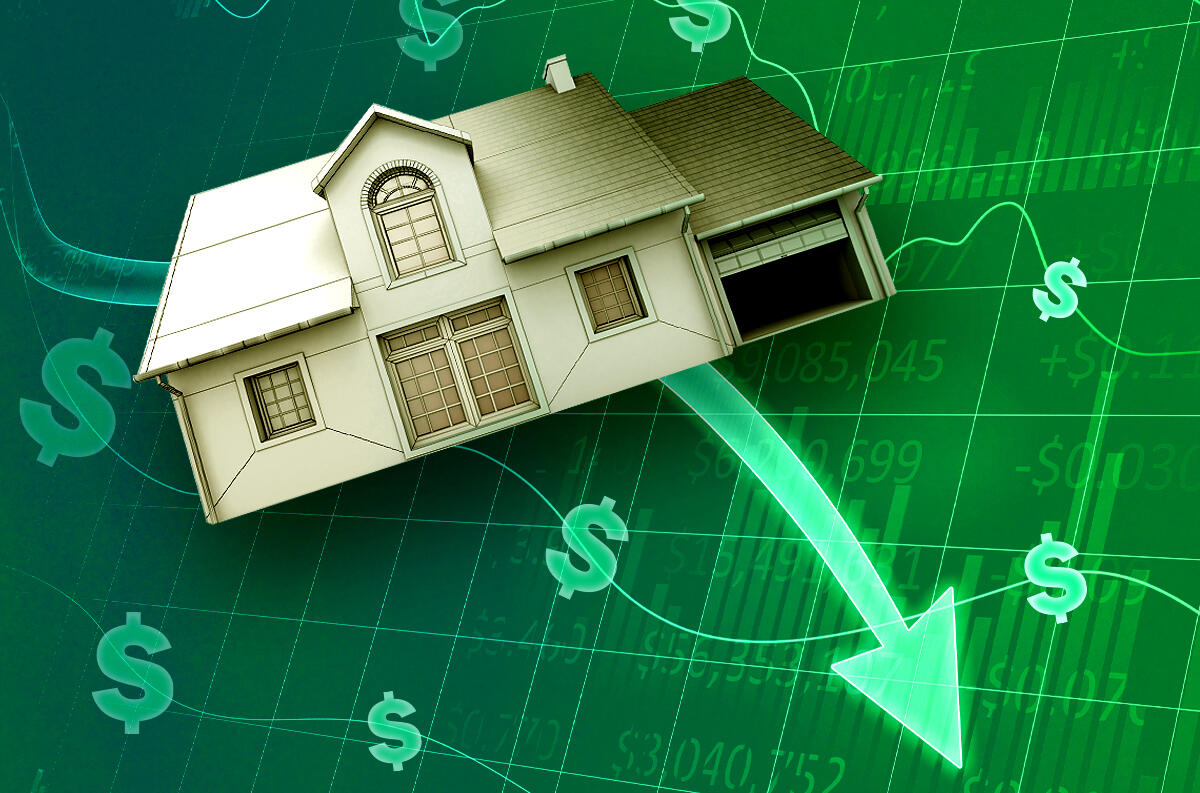Increasing evidence shows the housing market is finally slowing down. That doesn’t mean prices are coming down, though.
The S&P CoreLogic Case-Shiller Index posted an 18 percent annual gain in June, down from the 19.9 percent increase in May. It was the third straight month of deceleration, meaning home price growth was less stark from the previous month.
Prior to the spring, there hadn’t been any signs of deceleration since November. After three straight months of slowing growth, though, it’s beginning to look like the market is normalizing as increased mortgage rates and inflation pinch buyers.
The 10-city composite, measuring the country’s 10 largest metros, increased 17.4 percent in June, down from 19.1 percent in May. The 20-city composite, meanwhile, increased 18.6 percent in June, less than the 20.5 percent gain in May.
While growth is easing, overall prices are up considerably. Further, appreciation is still happening on a monthly basis, but at a slower clip than before. And even the decelerating growth in recent months is high from a historical perspective.
“June’s growth rates for all three composites are at or above the 95th percentile of historical experience,” said S&P’s Craig Lazzara in a statement. “For the first six months of 2022, in fact, the National Composite is up 10.6%. In the last 35 years, only four complete years have witnessed increases that large.”
Tampa continues to pace the major metros in price growth. The city saw a 35 percent increase in home prices year-over-year in June, its fourth straight month of leading the pack as the fastest growing city. Miami directly followed at 33 percent, further trailed by Dallas (28.2 percent).
Each of the top 20 cities saw double-digit price increases year-over-year. In a promising development for potential buyers, however, only one of those cities had a higher year-over-year reading than in May.
Home prices went through the roof at the start of the pandemic as buyers flocked to larger spaces farther away from their offices. Low inventory is one contributing factor that has kept prices growing.
Americans’ buying power has been hindered by the rise in mortgage rates, though, which have grown significantly since January. As a result, demand for mortgages is falling off. Fewer mortgages mean fewer sales, which causes less force pushing prices upward.
“As the macroeconomic environment continues to be challenging, home prices may well continue to decelerate,” Lazzara noted.
